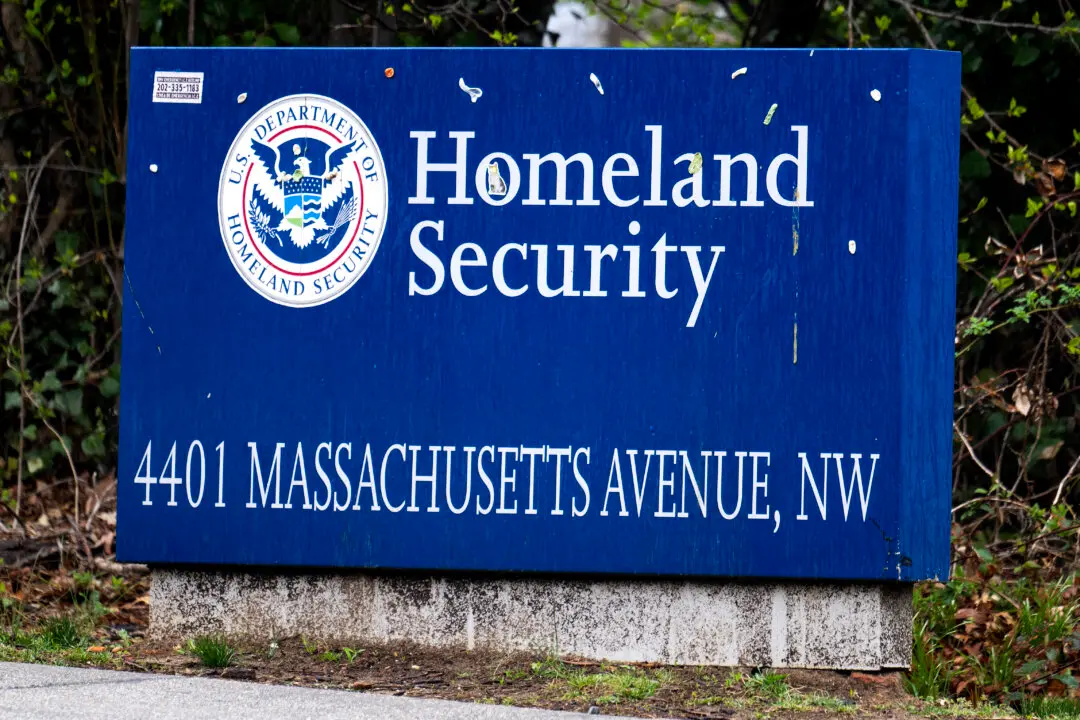Inflation in the Southeast Asian nation of Laos spiked to 30.1 percent on an annual basis last month according to the Lao Statistics Bureau.
August inflation was roughly five percentage points higher than the 25.6 percent inflation rate posted in July. In August 2021, inflation was only at 3.81 percent. As such, the August 2022 inflation numbers are close to eight times what it was a year back. The cost of gas, electricity, water, and housing rose by 20.5 percent. Food and non-alcoholic beverages saw a 30.2 percent increase.





